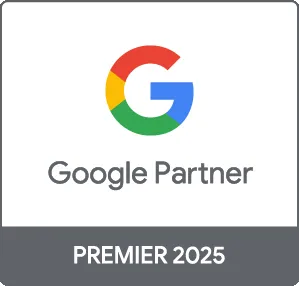Google Ads can be a powerful tool for driving traffic and sales, but launching cost-effective campaigns requires strategy and planning. In this post, we'll dive into practical tips and best practices to create Google Ads campaigns that maximize your return on investment (ROI) while minimizing unnecessary costs. Whether you are a small business or a seasoned marketer, these insights will help you launch successful ads that reach your target audience and drive conversions.
Understanding Google Ads Costs
Before launching a campaign, it’s essential to understand how Google Ads pricing works. Advertisers generally bid on keywords through a pay-per-click (PPC) model, meaning you pay each time someone clicks your ad. Key factors affecting costs include:
- Bid Amount: The maximum amount you are willing to pay for a click.
- Quality Score: Google assesses ads on relevance and landing page experience, impacting costs.
- Competition: Higher competition for keywords generally leads to higher costs.
1. Start with Keyword Research
Effective keyword research lays the groundwork for successful Google Ads campaigns. Focus on:
- Identifying long-tail keywords that have higher intent and lower competition.
- Using tools like Google Keyword Planner to discover relevant keywords for your business.
- Organizing keywords into tightly themed ad groups to improve relevance.
2. Optimize Your Ad Copy
Creating compelling ad copy is vital for attracting clicks. Consider these tips:
- Use Strong CTAs: Encourage clicks with phrases like 'Buy Now' or 'Get a Free Quote.'
- Highlight Unique Selling Points: Mention promotions, benefits, or features that set your business apart.
- Test Variations: Run A/B tests on different copy versions to find the most effective messaging.
3. Set a Realistic Budget
Your budget plays a crucial role in how effectively your Google Ads campaigns perform. Tips include:
- Start with a modest budget to test performance before scaling up.
- Adjust bids based on performance data—invest more in high-performing keywords and reduce spending on underperformers.
- Use daily and monthly budgets to control spending and avoid overspending.
4. Monitor and Adjust Campaigns Regularly
Continuous monitoring allows you to make data-driven decisions. Important metrics to track include:
- Click-Through Rate (CTR): A high CTR indicates effective ad copy and targeting.
- Conversion Rate: Monitor how many clicks lead to desired actions, such as purchases or sign-ups.
- COST PER CONVERSION: Use this metric to evaluate the profitability of your campaigns.
5. Leverage Remarketing Strategies
Remarketing allows you to target users who have interacted with your website but haven’t converted. It’s often cost-effective:
- Create tailored ads that remind potential customers of your products or services.
- Utilize Google’s audience targeting features to reach previous visitors effectively.
Conclusion
Cost-effective Google Ads campaigns are attainable with the right approach. By focusing on thorough keyword research, optimizing ad copy, setting realistic budgets, and continuously monitoring performance, businesses can achieve better ROI from their advertising spend. At Prebo Digital, we specialize in creating tailored Google Ads campaigns to meet your unique needs and drive conversions. Ready to maximize your advertising budget? Contact us today for a no-obligation consultation!





